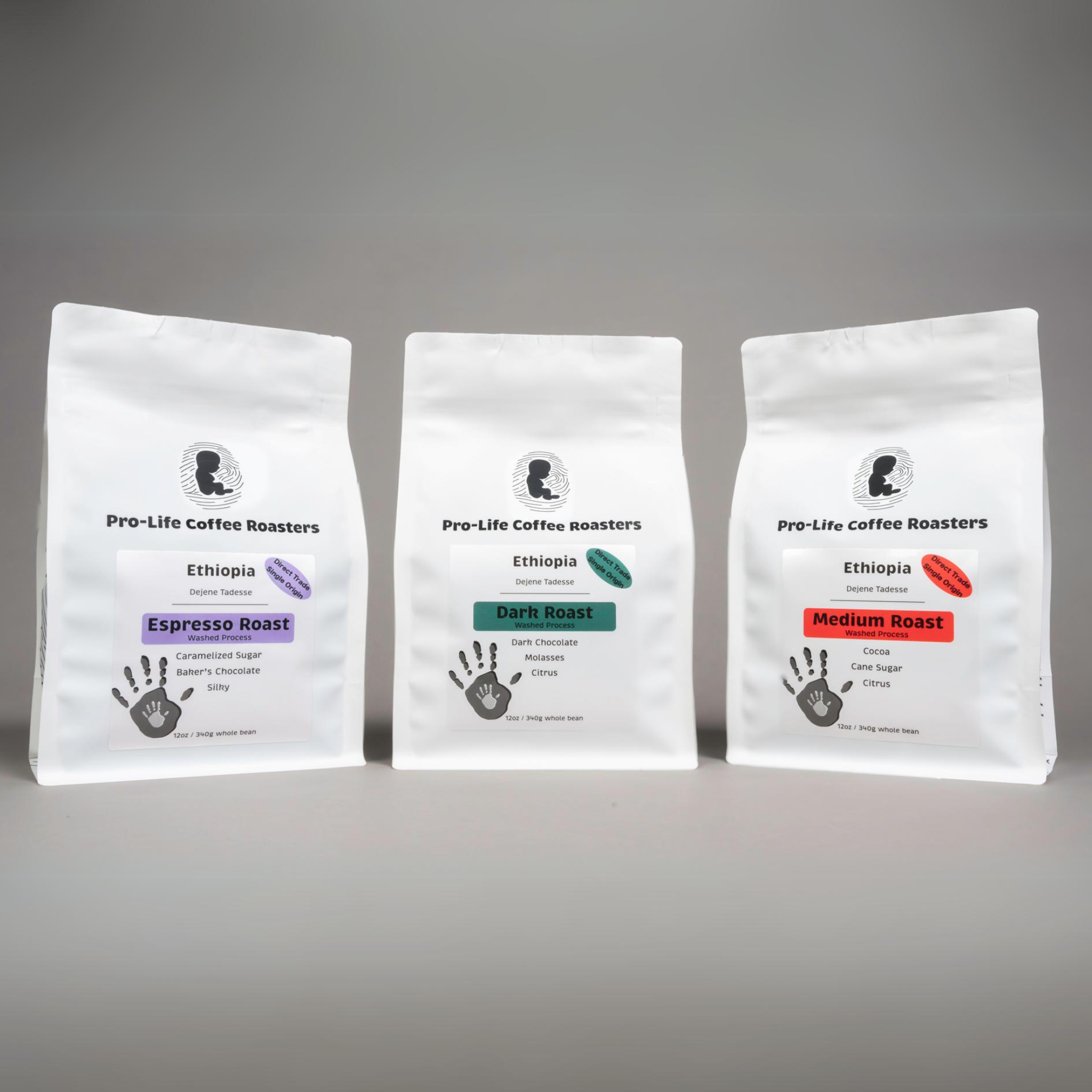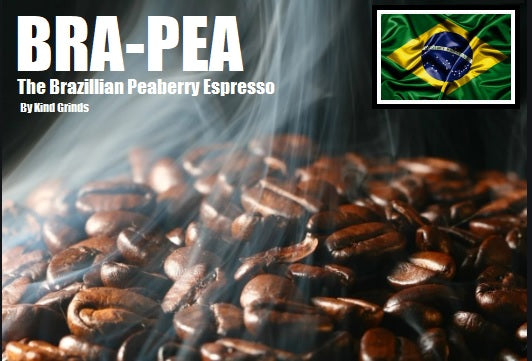The Coffee Lover’s Guide to SOE Single Origin Espresso Beans
The Coffee Lover’s Guide to SOE Single Origin Espresso Beans
Blog Article
Coffee Beans Uncovered: Uncovering the Tricks of Coffee and Blended Coffee Beans
When you assume concerning coffee, what comes to mind? Is it the abundant fragrance of coffee or the complexity of a well-crafted mix? Recognizing the subtleties of coffee beans can change your experience.
The Beginnings of Espresso: A Historic Viewpoint
Although coffee is now a staple in coffee culture worldwide, its origins map back to the early 20th century in Italy. In 1901, Luigi Bezzera patented the first coffee maker, intending to make coffee faster than traditional methods.
Recognizing Coffee Beans: Ranges and Qualities
When you think of espresso, it's necessary to recognize the various bean selections and their unique tastes. Each kind brings a distinct character to your mug, affected by aspects like roast levels. Recognizing these aspects can elevate your coffee experience significantly.
Espresso Bean Varieties
As you check out the world of coffee, you'll swiftly uncover that not all beans are created equal; each range brings its own one-of-a-kind tastes and attributes to your cup. One of the most prominent kinds consist of Arabica and Robusta. Arabica beans are recognized for their smooth, nuanced flavors and lower high levels of caffeine web content, making them a preferred amongst coffee aficionados. On the various other hand, Robusta beans load a more powerful strike with higher caffeine and a much more bitter preference, frequently preferred in blends for their crema-enhancing qualities. You may also experience specialized beans like Liberica and Excelsa, which use distinct accounts and are less usual. Each selection uses something different, so experimenting will aid you discover your best espresso.
Flavor Profiles Explained
Comprehending the taste accounts of different espresso beans can boost your coffee experience. Each bean variety offers unique characteristics that influence mouthfeel, preference, and fragrance. Arabica beans commonly provide a sweeter, extra complicated taste with tips of fruit and flower notes, while Robusta beans often tend to be bolder, with nutty and natural touches.
When you explore single-origin beans, you may discover distinct local flavors-- Central American beans may be citrusy and intense, whereas Italian blends often provide rich, chocolatey notes.
Roast Degrees Effect
Roast degrees play a vital role in shaping the flavor and fragrance of espresso beans, influencing your general coffee experience. Recognizing these roast degrees helps you select the coffee that matches your taste preferences. Exploring with various roasts can lead to fascinating explorations, improving your appreciation for espresso.
The Art of Blending: What Makes Blended Coffee Unique
What makes mixed coffee so remarkable? You can experiment with different mixes to improve sweetness, acidity, and body, resulting in a brew that's richer and extra complex than a single-origin coffee.
Mixing also enables you to cater to varied preference choices. You can craft a mix that's smooth and smooth or one that's bold and durable, relying on your target market. And also, mixing can help maintain uniformity, providing a reputable flavor experience no matter of seasonal variations in beans. Whether you're a home or a barista brewer, mastering the art of mixing opens up a world of creativity and taste possibilities, making your coffee experience genuinely one-of-a-kind.
Flavor Profiles: Tasting Notes of Espresso vs. Blended Coffee
Blended coffee supplies a globe of flavor possibilities, but when it concerns espresso, you're checking out a more focused experience. Espresso commonly showcases strong, abundant tastes with a thicker mouthfeel. You may discover notes of dark chocolate, sugar, or also hints of fruit, relying on the beans. The strength can be both invigorating and satisfying.
On the various other hand, combined coffee provides a complex tapestry of flavors. You can discover a range of tasting notes, from wonderful and nutty to flower and fruity. Each mix can provide something one-of-a-kind, typically integrating beans from various regions to produce a balanced profile.
While coffee provides a punch, blended coffee welcomes you to relish the subtleties. Whether you like the durable strength of coffee or the intricate tastes of combined coffee, each cup informs its very own story, awaiting you to uncover.
Brewing Techniques: Improving Your Coffee Shot
To attain the best coffee shot, recognizing the brewing techniques is essential, as even minor adjustments can substantially affect the flavor and top quality. Begin by utilizing fresh, high-grade coffee beans; grind them right before brewing for optimum flavor. Go for a great work, about the consistency of salt, to ensure excellent extraction.
Following, take note of your water temperature; it ought to be in between 195 ° F to 205 ° F. Too as well cool or hot can spoil your shot. Use regarding 18-20 grams of coffee for a double shot, and tamp it uniformly with solid pressure to create a consistent puck.
A longer removal can lead to anger, while as well brief can result in sour flavors. Exercise these strategies consistently, and you'll improve your skills, attaining that abundant, full-bodied coffee shot you crave.
The Role of Roast Degrees in Coffee and Blended Coffee
After mastering the developing methods for coffee, it's time to contemplate just how roast levels affect the flavor account of your coffee. The roast degree can significantly alter your coffee's fragrance, taste, and body. Light roasts often tend to highlight the coffee's origin, supplying brilliant acidity and fruity notes, while tool roasts balance acidity and sweet taste, developing a well-shaped flavor. Dark roasts, on the various other hand, draw out vibrant, rich flavors with reduced acidity, usually generating chocolate or smoky touches.

Checking Out Sustainability: Honest Sourcing of Coffee Beans
When you pick coffee, you're not just choosing a taste; you're making a choice concerning the effect on farmers and the atmosphere. Comprehending Fair Trade practices, organic farming approaches, and accreditation criteria can help you support lasting coffee sourcing. Allow's discover exactly how these aspects add to an extra honest coffee experience.
Fair Profession Practices
Fair Profession practices play a necessary function in making sure that coffee beans are sourced morally and sustainably. You support farmers that receive fair earnings and job in secure conditions when you choose Fair Trade coffee. This commitment to honest sourcing assists combat destitution and promotes neighborhood growth in coffee-growing areas. You'll locate that Fair Profession accreditation additionally motivates eco-friendly farming methods, as manufacturers are incentivized to secure their land and sources. By selecting Fair Trade brands, you're not simply delighting in a rich cup of coffee; you're making a favorable influence on the lives of those that grow it. Your choice matters, and it connects you to a global movement concentrated on justness and sustainability in the coffee sector.
Chemical-free Farming Methods
As you explore the globe of ethical coffee sourcing, natural farming techniques arise as a crucial part of sustainability. By selecting organic coffee, you support techniques that prioritize soil health and wellness, biodiversity, and all-natural ecosystems. Farmers prevent artificial pesticides and fertilizers, relying instead on all-natural garden compost and crop turning to improve dirt fertility. This not only secures the atmosphere yet additionally enhances the quality of the coffee you take pleasure in. Chemical-free farming encourages neighborhood wild animals and advertises a well balanced community, decreasing the opportunities of condition and insects. Furthermore, it usually results in stronger, healthier coffee plants, resulting in richer tastes in your mug. When you choose for organic coffee, you're making a mindful selection that profits both the world and your taste.
Qualification Specifications Explained
Recognizing certification standards is necessary for any person curious about fairly sourced coffee. These requirements, such as Fair Trade, Rainforest Alliance, and USDA Organic, guarantee that coffee is expanded under sustainable practices. When you pick accredited coffee, you sustain farmers who stick to ethical labor techniques and environmental management.
Fair Trade qualification focuses on providing reasonable earnings and working conditions, SOE while Rain forest Partnership stresses biodiversity and environment preservation. USDA Organic guarantees that no synthetic fertilizers or pesticides are used. By familiarizing on your own with these certifications, you can make informed selections that align with your worths. Next time you're at your regional coffee shop or grocery store, search for these labels, and feel great knowing your coffee acquisition positively affects neighborhoods and the setting.
Regularly Asked Questions


Just How Does Elevation Impact the Growth of Coffee Beans?
Elevation influences coffee bean growth by affecting temperature and climate. Greater altitudes often create denser beans with even more complex flavors, while reduced elevations can result in faster growth but less delicious results. You'll taste the difference!
What's the Distinction In Between Arabica and Robusta Beans?
Arabica beans are sweeter and much more complicated, while Robusta beans have a more powerful, harsher flavor with higher caffeine material. You'll find Arabica preferred for specialty coffees, whereas Robusta's often used in immediate coffee and coffee blends.
Can Coffee Beans Go Poor or Lose Flavor With Time?
Yes, coffee beans can spoil and lose flavor with time. They'll become stagnant if you store them incorrectly or maintain them too long. Constantly keep your beans in an airtight container away from light and dampness.
What Are the Health And Wellness Advantages of Alcohol Consumption Espresso?
Consuming espresso increases your energy, improves psychological quality, and may reduce the danger of specific illness. It's abundant in antioxidants, supports metabolic process, and can enhance mood, making it a useful choice for your everyday routine.
Exactly How Does Water High Quality Influence Coffee Removal?
Water high quality greatly influences espresso removal. It impacts the solubility of oils and flavors, affecting taste and scent. Utilizing filtered water can improve your coffee, guaranteeing a well balanced and delightful mug whenever you brew.
Coffee Beans Uncovered: Discovering the Tricks of Coffee and Blended Coffee Beans.
Recognizing the flavor accounts of different coffee beans can elevate your coffee experience.Roast levels play a vital duty in shaping the flavor and aroma of coffee beans, influencing your overall coffee experience (SOE).Combined coffee offers a globe of taste opportunities, but when it comes to espresso, you're looking at an extra concentrated experience.After grasping the developing techniques for coffee, it's time to contemplate exactly how roast levels affect the flavor account of your coffee
Report this page